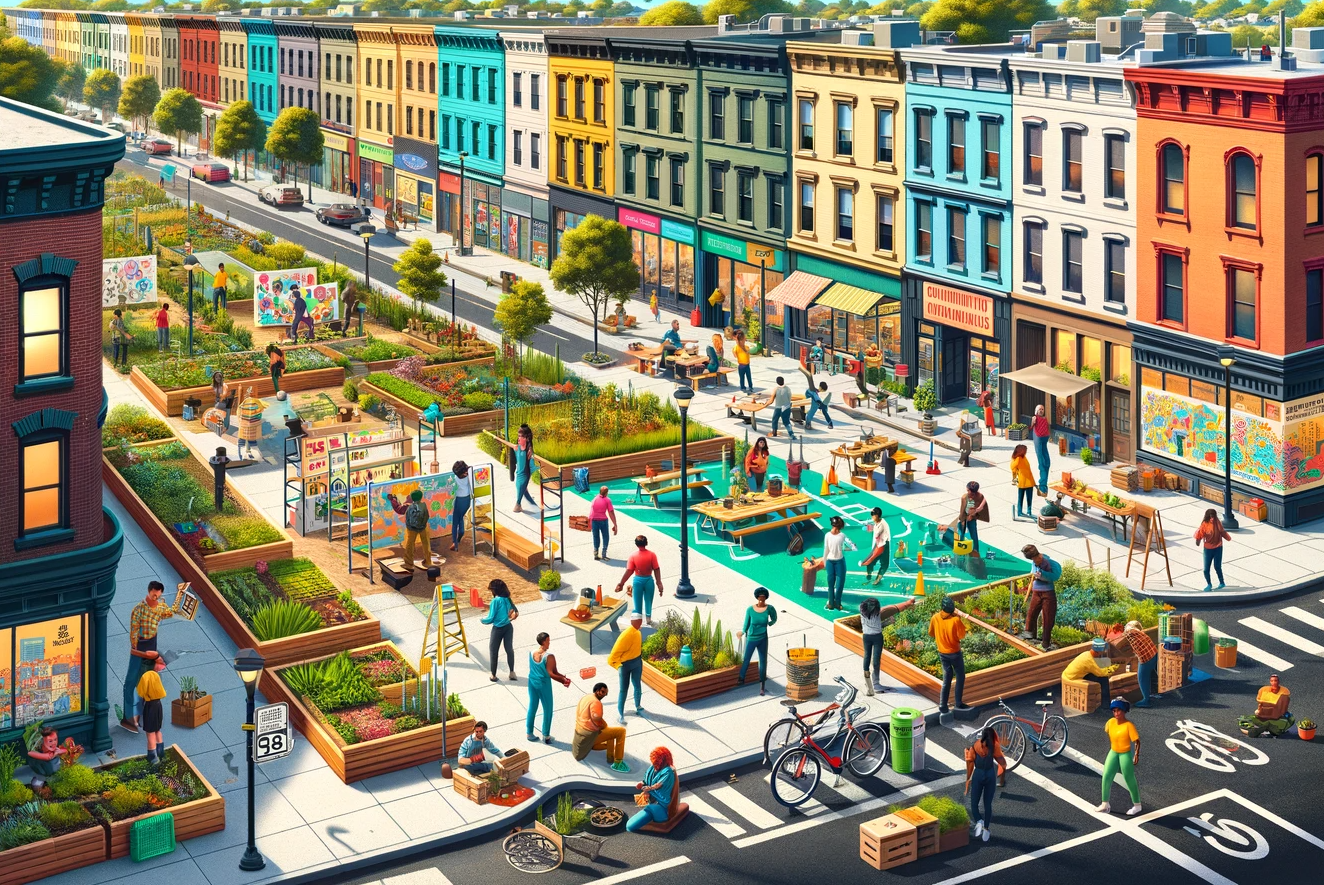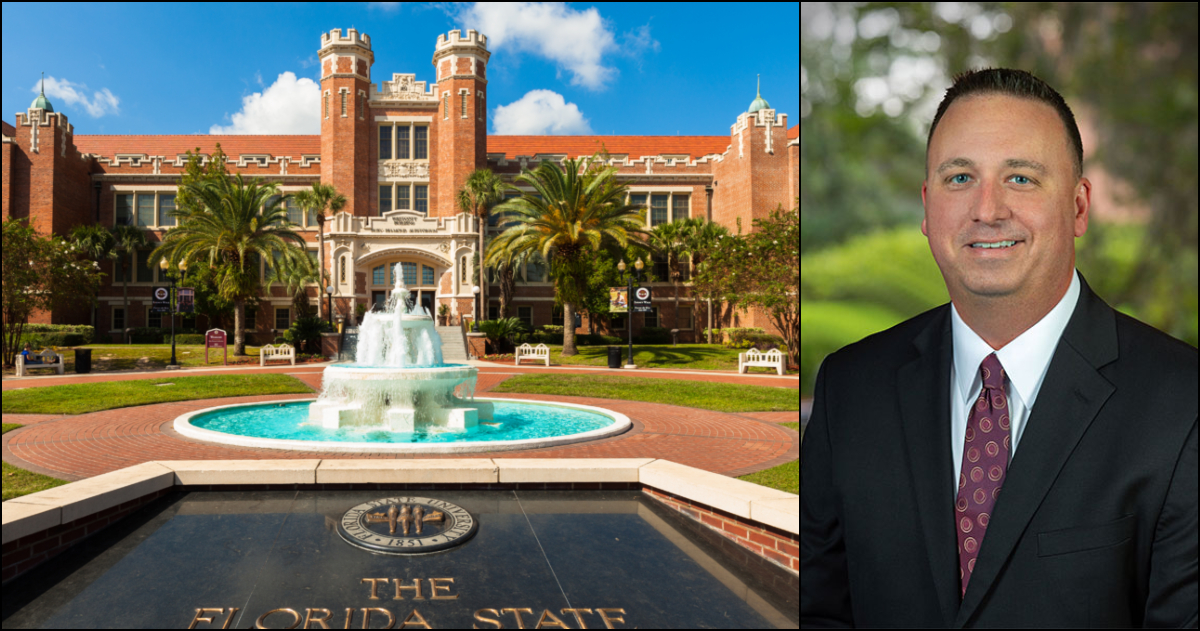[et_pb_section fb_built=”1″ _builder_version=”4.16″ global_colors_info=”{}”][et_pb_row _builder_version=”4.16″ background_size=”initial” background_position=”top_left” background_repeat=”repeat” global_colors_info=”{}”][et_pb_column type=”4_4″ _builder_version=”4.16″ custom_padding=”|||” global_colors_info=”{}” custom_padding__hover=”|||”][et_pb_text _builder_version=”4.16″ background_size=”initial” background_position=”top_left” background_repeat=”repeat” global_colors_info=”{}”]In recent years, the concept of tactical urbanism has taken root in cities across the United States, bringing with it innovative approaches to urban development. Tactical urbanism, a term first coined in 2010, refers to low-cost, temporary changes to the built environment, usually in cities, aimed at improving local neighborhoods and gathering spaces. The United States has seen a surge in these initiatives, leveraging creativity and community involvement to transform urban spaces.
#BTACTICAL Quick-Build NE 15th Avenue in Fort Lauderdale
The #BTACTICAL Quick-Build NE 15th Avenue project in Fort Lauderdale, Florida, represents a significant step in tactical urbanism, spearheaded by the Broward Metropolitan Planning Organization. This initiative aimed to enhance multimodal safety, accessibility, and connectivity within the Broward region. The project was carefully chosen for its potential to demonstrate the efficacy of quick-build strategies in reshaping urban spaces.
The core focus of this project was to improve the multimodal infrastructure, ensuring that the urban design catered to different forms of transportation, from pedestrian walkways to bike lanes. While specific details on the technology used are not extensively publicized, the project likely involved a data-driven planning approach. This might include the use of smart infrastructure elements to streamline traffic flow, enhance pedestrian safety, and improve overall urban connectivity.
The NE 15th Avenue project is a testament to how tactical urbanism can be effectively employed to create immediate, impactful changes in urban settings, especially in terms of transportation and mobility. This project exemplifies an integrated urban design approach that prioritizes multimodal transit options, contributing to the creation of more inclusive and accessible urban spaces.
For more detailed information on this project, readers can visit the Broward MPO’s Tactical Urbanism page.
Smart Parklets in San Francisco, California
San Francisco’s foray into tactical urbanism includes the innovative concept of smart parklets. These parklets go beyond being mere aesthetic additions to the urban landscape; they are embedded with technology that makes them interactive and informative. Each parklet is equipped with sensors and Wi-Fi connectivity, transforming them into hubs of environmental data collection.
The sensors in these smart parklets are capable of monitoring various environmental parameters like air quality and noise levels. This real-time data collection provides valuable insights into the urban environment, helping city planners and policymakers make informed decisions. Moreover, these parklets track usage patterns, offering a deeper understanding of how public spaces are utilized by the community.
These technological enhancements not only contribute to the city’s broader smart city initiatives but also cater to the needs of a digitally-connected population. By blending technology with urban design, San Francisco is redefining the concept of public spaces, making them more adaptable, responsive, and beneficial to city dwellers.
The smart parklets are part of a larger effort to create interactive and technologically integrated urban spaces, setting a precedent for future urban development projects that prioritize sustainability, community engagement, and data-driven planning.
For more information about San Francisco’s smart parklets and their role in urban planning, you can refer to San Francisco’s Parklet Program.
City revitalization and development in Groveland, Florida
Groveland, Florida, has embraced tactical urbanism as a strategy for city revitalization and development. Central to Groveland’s tactical urbanism approach is the use of rapid prototyping technology, such as CNC (Computer Numerical Control) routers. This technology allows city planners, engineers, and residents to collaboratively design and quickly produce tangible prototypes of urban design elements.
From creating street furniture to landscaping items, these prototypes are developed using cost-effective materials, enabling the community to experiment with different design concepts. This hands-on approach not only fosters creativity but also encourages community members to actively engage in the urban development process. The use of CNC routers in tactical urbanism allows for the visualization and realization of innovative ideas from community members, transforming them into functional elements in public spaces.
Groveland’s tactical urbanism initiatives, facilitated by technology, illustrate how modern tools can empower communities to directly contribute to and shape their environment. These efforts demonstrate a shift towards more participatory urban development processes, where residents have a tangible impact on the design and functionality of their urban spaces.
For further details, you can explore Groveland’s tactical urbanism initiatives on the City of Groveland’s official website.
Interactive Public Art Installations in Boston, Massachusetts
Boston’s tactical urbanism initiatives have taken a unique and creative turn with the integration of interactive public art installations. These installations utilize advanced technologies like augmented reality (AR) and interactive light displays, enhancing public spaces into vibrant and engaging environments.
One such example is the use of AR applications that animate historical figures and events at specific urban locations. This not only beautifies the city but also adds an educational and cultural dimension to public spaces. Visitors and residents can interact with these installations, gaining a deeper understanding and connection to the city’s rich history and cultural heritage.
These technological art installations foster public interaction and learning, encouraging people to engage with their urban environment in new and exciting ways. The integration of technology into public art represents a forward-thinking approach to urban design, one that values both aesthetic appeal and interactive experiences.
Boston’s embrace of technology in public art is a testament to the city’s commitment to innovation and its recognition of the role that technology can play in enhancing urban life.
For insights into Boston’s interactive public art installations and their impact, you can explore Boston’s Public Art Initiative.
Pedestrian Mobility Analysis in New York City
New York City’s application of tactical urbanism to improve pedestrian mobility is a noteworthy example of technology-driven urban planning. The city employs various technologies, such as pedestrian counters and mobile data, to gather comprehensive insights into pedestrian movement patterns across different neighborhoods.
This data-driven approach enables city planners to make informed decisions on street redesigns, pedestrian plaza developments, and other urban interventions aimed at enhancing walkability and public transit accessibility. By understanding how people move through the city, urban design can be optimized to create more pedestrian-friendly environments, reduce congestion, and improve overall urban mobility.
The focus on pedestrian mobility is particularly crucial for a densely populated and bustling city like New York – however it has applications in cities across america who want to create walkable communities for their residents. Utilizing technology to guide urban interventions ensures that the changes are impactful, catering to the actual needs of city dwellers and visitors. It’s a model of how cities can leverage technology to make urban spaces safer, more accessible, and more enjoyable for pedestrians.
New York City’s approach exemplifies how tactical urbanism, supported by technological insights, can lead to significant improvements in the quality of urban life, particularly in terms of mobility and accessibility.
To learn more about New York City’s efforts in pedestrian mobility analysis, you can visit NYC Department of Transportation’s Pedestrian Projects.
[/et_pb_text][/et_pb_column][/et_pb_row][/et_pb_section]





